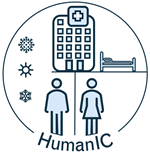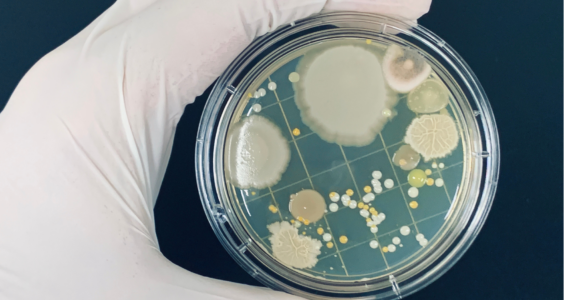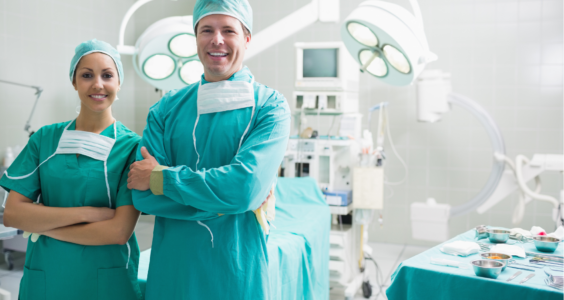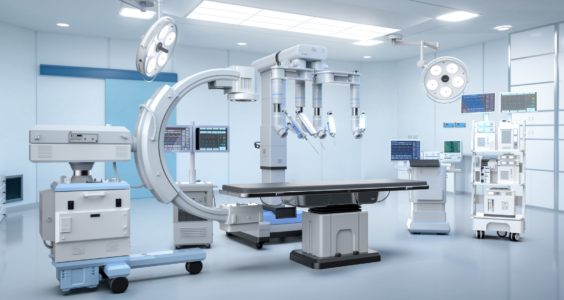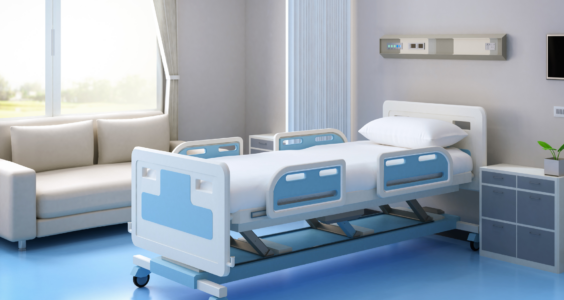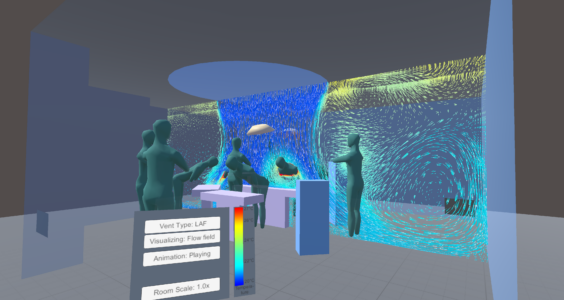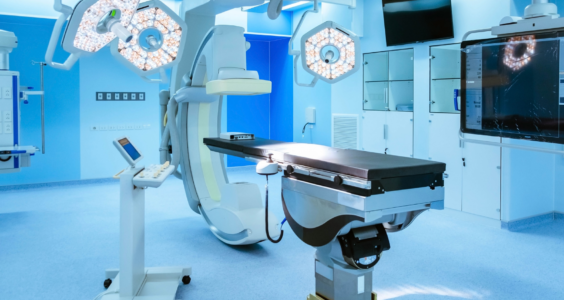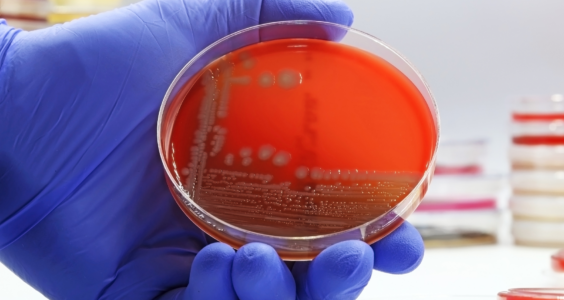DC1: Characterization of source intensity and emission behaviour of airborne infectious pathogens from hospital staff
Objectives: Previous studies show some evidence that the personnel are the major source of microorganisms (colony forming units, CFU). However, absolute numbers and exact knowledge about the human emission of CFU is missing. This project aims at gaining more knowledge on the emission from the personnel (in particular the surgical …
